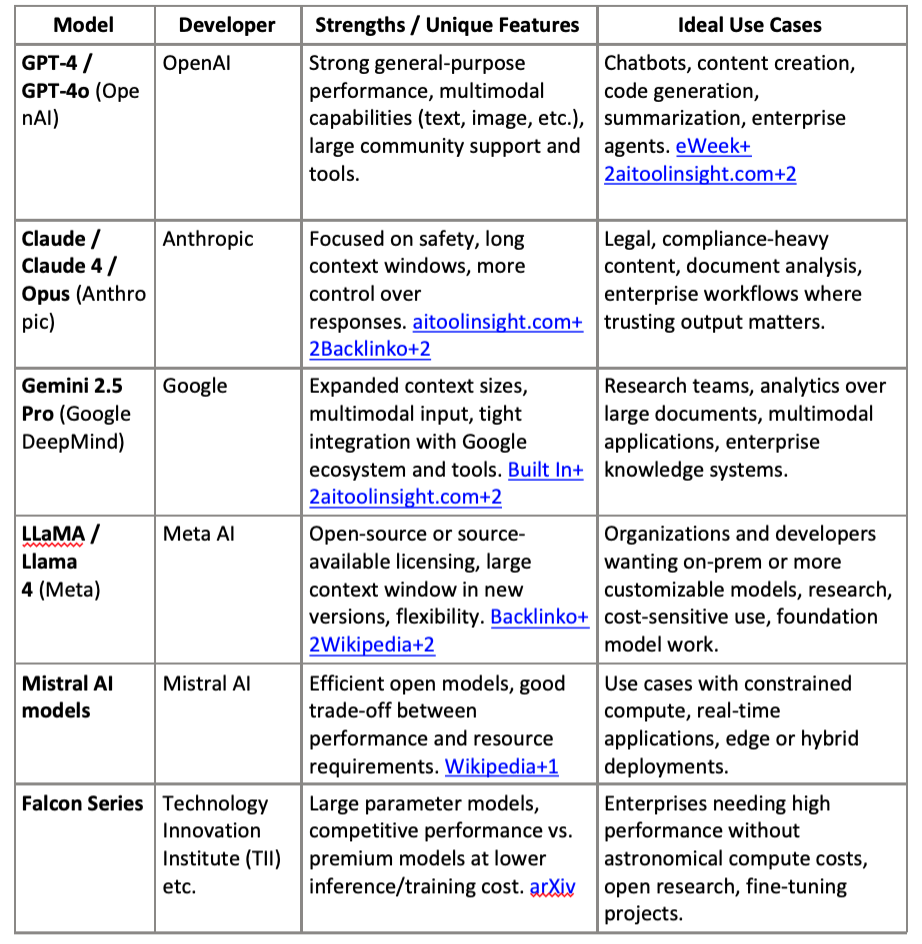Robotic Process Automation – RPA Risks To Be Wary Of
- Renshii

- Mar 19, 2022
- 1 min read
One of the recent automation technologies to emerge in the last few years is Robotic Process Automation (RPA).
RPA describes the application of technology that “allows employees in a company to configure computer software or a ‘robot’ to capture and interpret existing applications for processing a transaction, manipulating data, triggering responses, and communicating with other digital systems,” according to the Institute for Robotic Process Automation and Artificial Intelligence (IRPAAI). RPA allows for these business and technology processes to be automated by performing them in the same way a human user would do, utilizing the same user interface while following a set of predefined rules. RPA is typically applied to tasks involving low complexity, high volume, and routine work.

Among the benefits RPA delivers include: low risk, non-invasive implementation, accuracy & reliability, scalability, cost savings, etc.
As awareness and adaption of RPA by organizations increases, we should be mindful of the risks associated with RPA. An interesting post from the MIT Sloan Management Review, authored by Chris DeBrusk, highlights some of these risks.





Comments